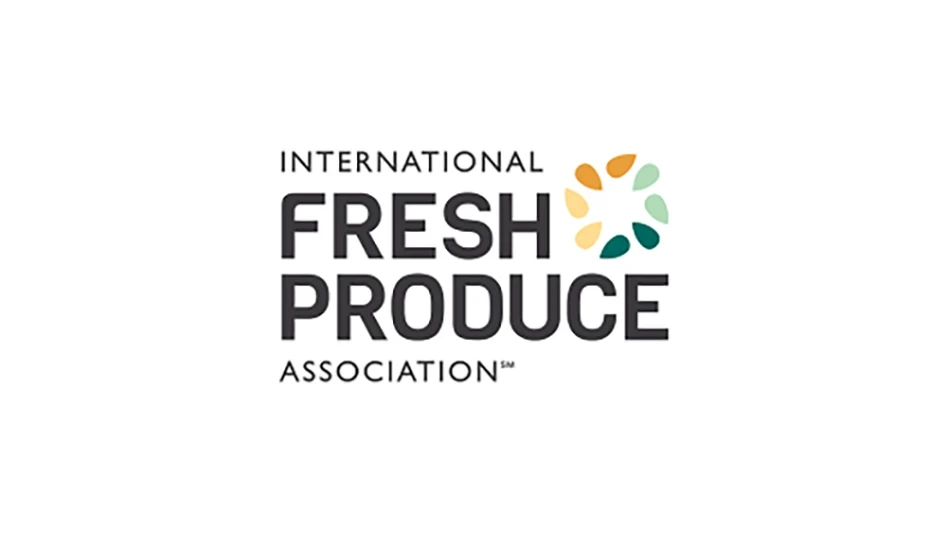
Despite all the benefits of growing indoors, such as temperature control and protection from the environment, greenhouse environments can also carry additional risks. “The microenvironment that favors plant growth can also favor the survival and development of plant pathogens,” explains Carlos Bográn, senior technical manager at OHP. That’s why it’s so important to use fungicides. “Although good agricultural practices are the basis for good plant health, fungicides are usually necessary to keep high-quality crops, season after season.”
When your job is in a greenhouse taking care of plants, fungicides are one of the most important tools in the toolbox. “Picking the right tool for the job saves time, effort and money,” says Bográn. “Choosing the right fungicide is critical to avoid unnecessary costs including plant quality losses due to lack of good control and the opportunity cost associated with the misapplication.”
With a portfolio of fungicides that includes both broad spectrum and selective products, OHP’s product line lets growers target the most common plant diseases in greenhouses. “Our solutions are based on science and real-world experience and can be the foundation of or complement any plant disease management program,” says Bográn.
OHP’s vast portfolio gives growers several different fungicide options. The company’s website is also filled with detailed information on each product, which is vital for growers to consult when determining which fungicide to use. “No single fungicide can prevent or control all plant diseases in all crops during the whole season,” Bográn explains. “Careful fungicide selection based on the target pathogen and considering the crop is critical.”
The fungicides that OHP offers are effective means of battling fungus in the greenhouse, no matter what an individual grower’s specific needs might include. “OHP fungicides, especially those introduced in the last few years, combine great efficacy against the target diseases and novel technology for the greenhouse environment,” Bográn says. “Single active ingredient formulations provide flexibility for tank mixing with complementary products based on the crop and disease pressure. Selective products are compatible with biological pest management strategies and our portfolio includes solutions and specialized technical support.”
One key piece of advice Bográn has for growers is to rotate the fungicides they use. “Changing or alternating fungicides reduces the risk of fungus growth and preserves the activity and the value of fungicides for greenhouse crops,” he explains.
And growers can’t get enough of Bográn’s advice or of OHP fungicides, with Bográn receiving consistent positive feedback from growers he’s helped. “The most rewarding comments are usually the simplest such as, ‘I used your product X and it works,’ or ‘I followed your suggestions and it took care of it,’” he says. “We are proud of the relationships we have developed with all our clients including growers and distributors of our fungicides.”

Explore the September 2023 Issue
Check out more from this issue and find your next story to read.
Latest from Produce Grower
- John Bonner focuses on purposeful progress as founder of Great Lakes Growers
- The Growth Industry Episode 1: State of the Horticulture Industry
- FDA to Hold Webinar on Updated ‘Healthy’ Claim
- VIDEO: Growing media for strawberries grown under different production systems
- Eden Green Technology CEO Eddy Badrina reflects on challenges, opportunities for CEA
- Why CEA businesses should track carbon KPIs
- UGA professor Erich Schoeller to discuss IPM best practices for CEA at Indoor Ag-Con 2025
- Jason Jurey from Cropking to discuss CEA in K-12 education at Indoor Ag-Con 2025





